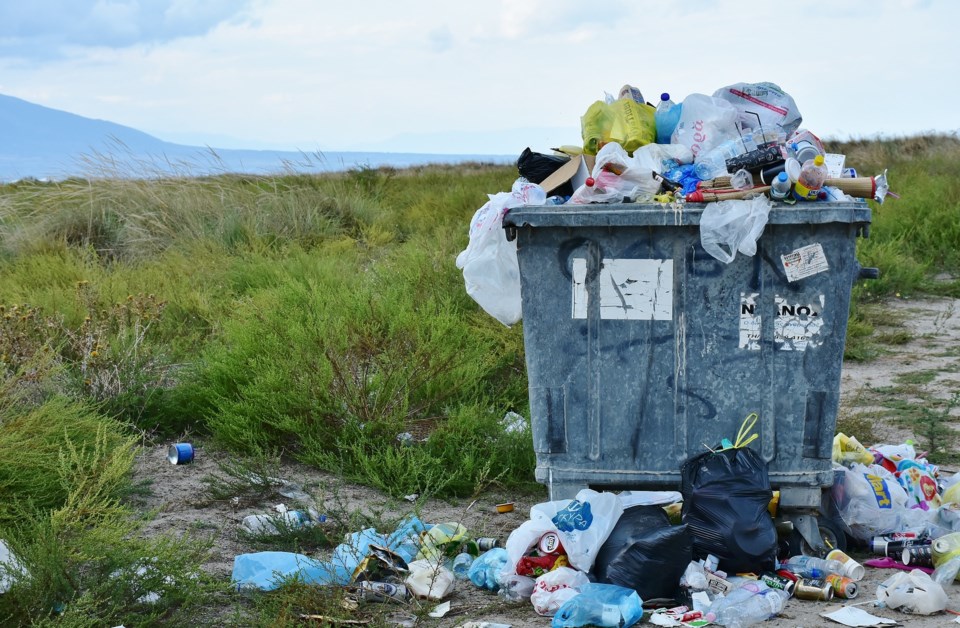The seed for this show was a conversation between Jens Dierks and Sandy Arthur in the recycling depot parking lot.
This conversation spread and now five island artists are putting on a show – Second Chances – inspired by materials unwanted or discarded.
The exhibit pieces contain everyday objects, ones considered useless, worn out, or natural objects serendipitously found in the landscape.
We all use found or abandoned objects and work at giving them new life, whether they are from homes, the street, recycling bins, the beach, or the forest floor.
Our process involves looking at these ordinary objects and rebuilding, repositioning or repurposing them. These items (sometimes even rescued from their landfill fate) have become a source of great potential for these five islanders as they alter their context, change their meaning, or transform them into something thought provoking, even beautiful.
You know what they say about one man’s trash.
Every artistic expression has its historical precedent and this one is no different.
Kurt Schwitters’ artistic practice in Hanover, Germany in 1918 was characterized as a “salvaging operation.” It entailed transforming trash into art as a path of rescue or salvation. A way to reclaim personal wholeness and control in the face of fragmentation and chaos after the First World War. In 1919 Schwitters made series of abstract watercolours. On one he attached a fragment of newsprint reading the word “Kommerzbank.” He excerpted the four letters “merz” which became the name of an entire art form. It was an act of redemption, a democratic system equalizing classes of people and a combining of art materials with non-art materials. Contrasting low status materials with “high art” oil paintings, for Schwitters, was still driven by the desire to create pure art, almost as a religion.
At the same time, Marcel Duchamp and the Dadaists were also interested in multi-media collage practices. Their motivation differed from Schwitters’ however, in that they favoured the creation of non-art, anti-art, as a protest against the whole situation in post-war Europe.
Another more recent precedent would be the post 1960’s movement from Italy, “Arte Povera.” Named and defined by the critic Germano Celant, Arte Povera promoted the notion of a revolutionary art, free of convention, the power of structure and the marketplace. “Poor Art” or “Impoverished Art” grouped together about a dozen artists (for example Jannis Kounellis) who used commonplace materials that might evoke a preindustrial age. Their work explored some of the effects of modernization, effects which tended to destroy experiences of locality and memory while pushing toward the future.
Much can be read into the motivation of the use of discarded materials at any time or in any place. However, since the 20th century in Europe and North America, art and life have become ever more intertwined inside and outside of Museums, galleries, the landscape, the fashion runway and the street.
We would like to see a show like “Second Chances” as an annual event and possible fundraiser for the Gallery with an open call for entry to all Bowen Islanders. There has already been plenty of interest and requests to participate in this endeavour. Future shows might include island organizations like BIRD, KKN and BICS, concerned about waste, recycling and sustainability here on Bowen Island.
The artists contributing to this year’s show are Sandy Arthur, Jens Dierks, John Givins, Susan Hillman and Claudia Schaefer.
Second Chances runs from April 3 to May 5 at the gallery@ Cove Commons. Join us at the opening reception on Saturday April 6 from 6 to 8pm.



